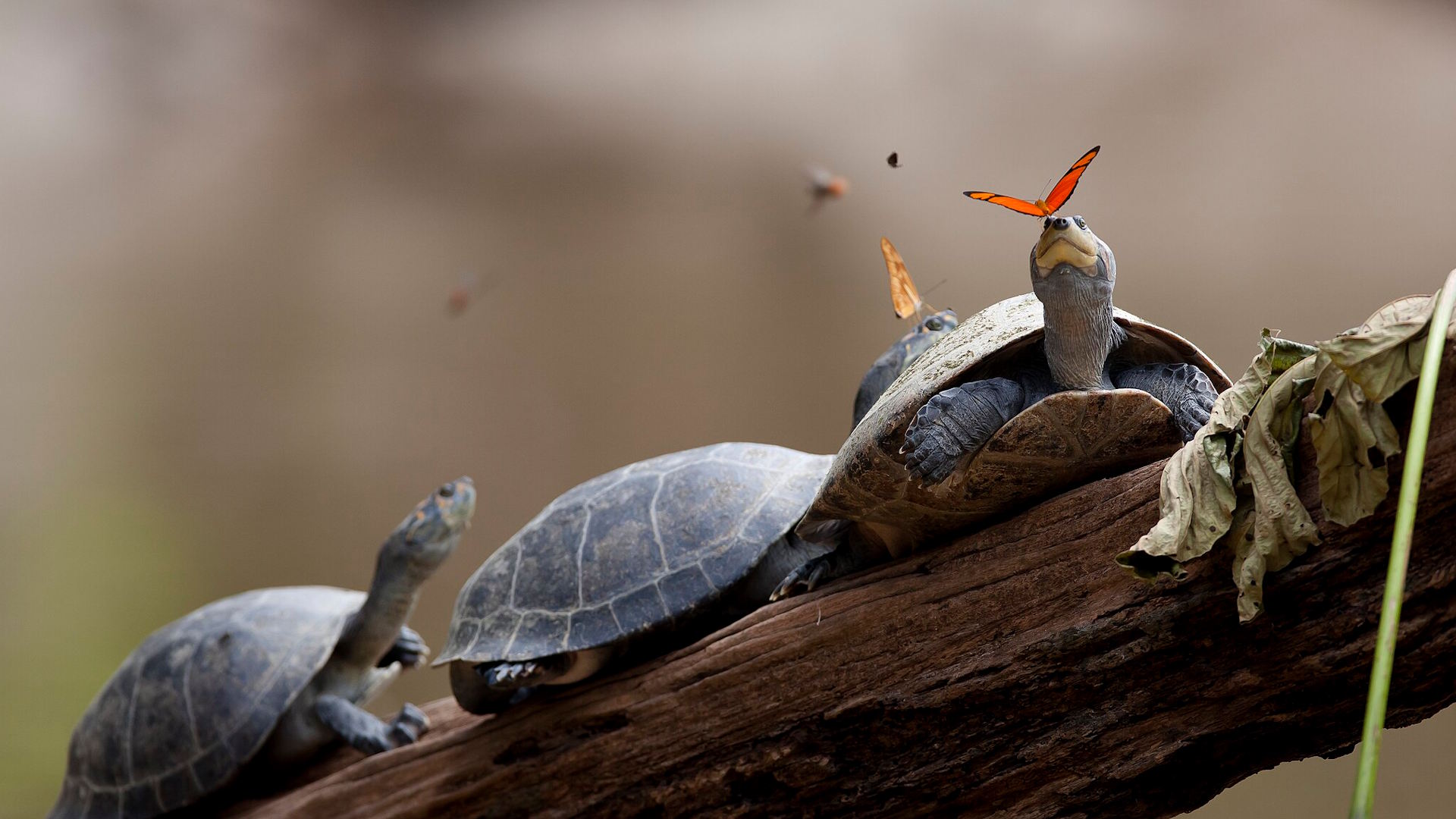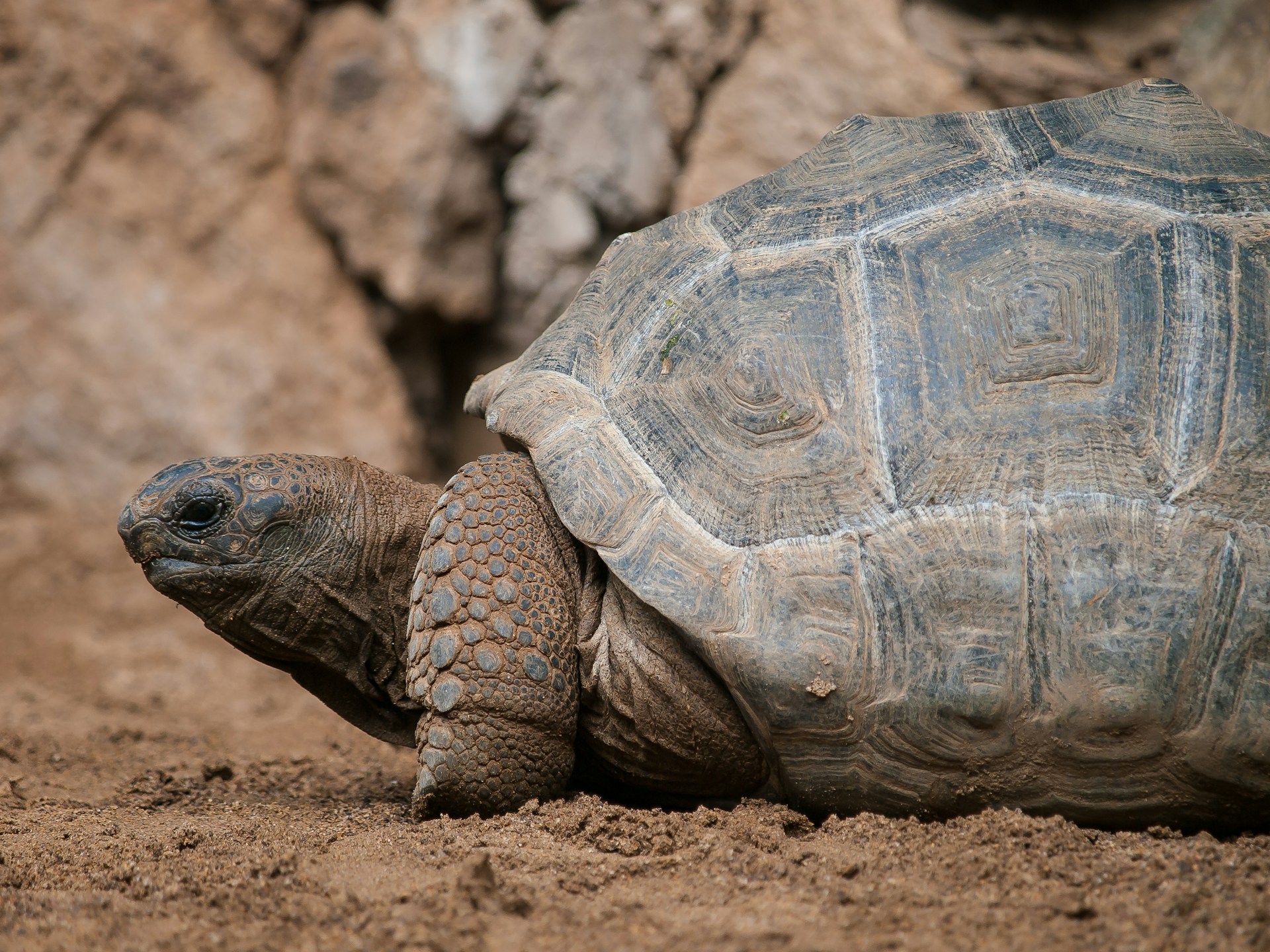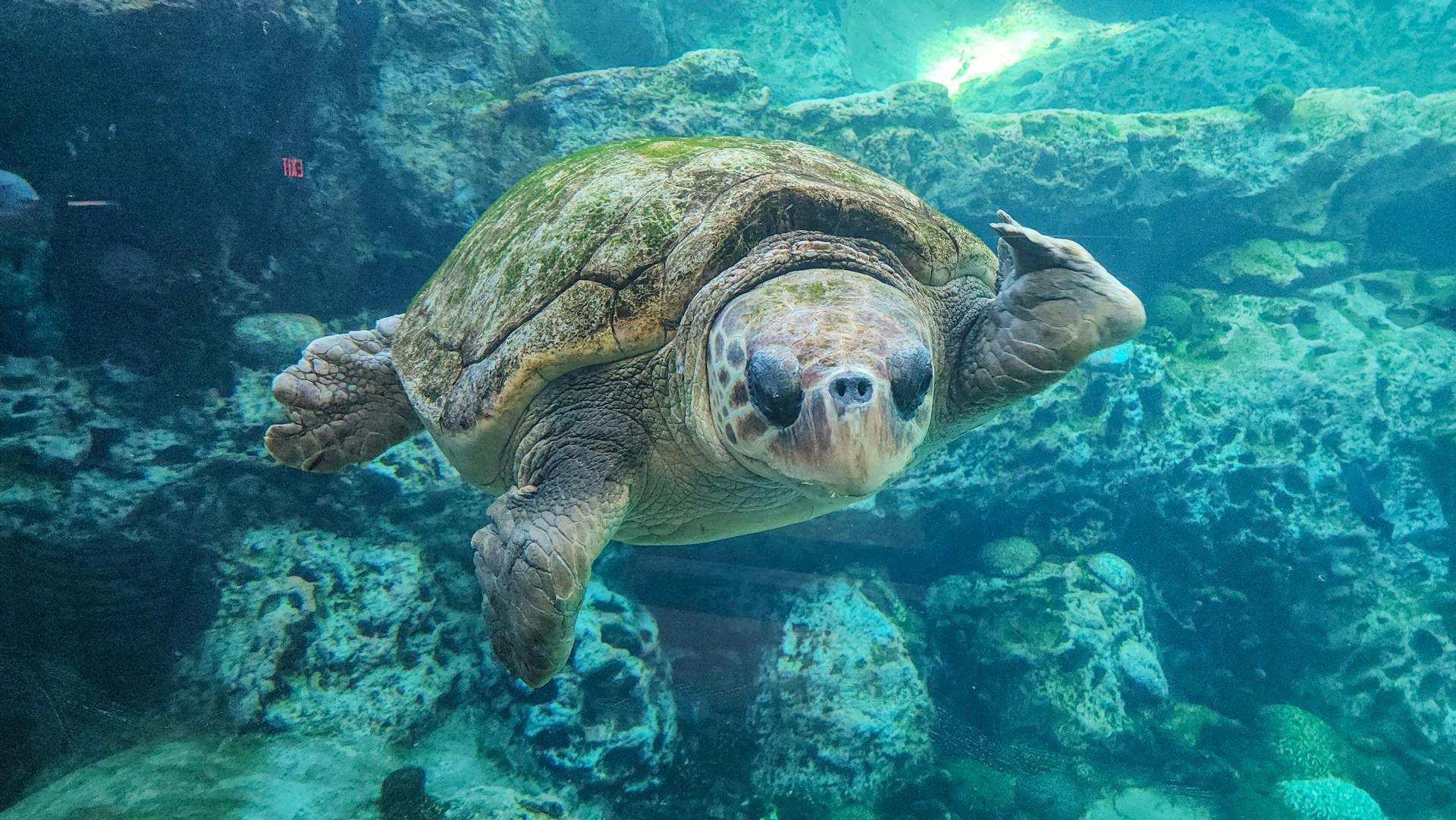Turtles, with their ancient lineage and unique adaptations, have captivated humans for centuries. While keeping these remarkable reptiles in captivity allows us to observe and connect with them, it also places upon us the responsibility to ensure they live enriched, healthy lives. Captive environments often limit the expression of natural behaviors that wild turtles would typically engage in, potentially leading to stress, health issues, and a diminished quality of life. Creating opportunities for turtles to exhibit their natural behaviors isn’t just beneficial—it’s essential for their physical and psychological wellbeing. This article explores comprehensive strategies for encouraging natural behaviors in captive turtles, from habitat design to feeding practices, helping turtle keepers provide the most enriching environment possible for these fascinating creatures.
Understanding Natural Turtle Behaviors
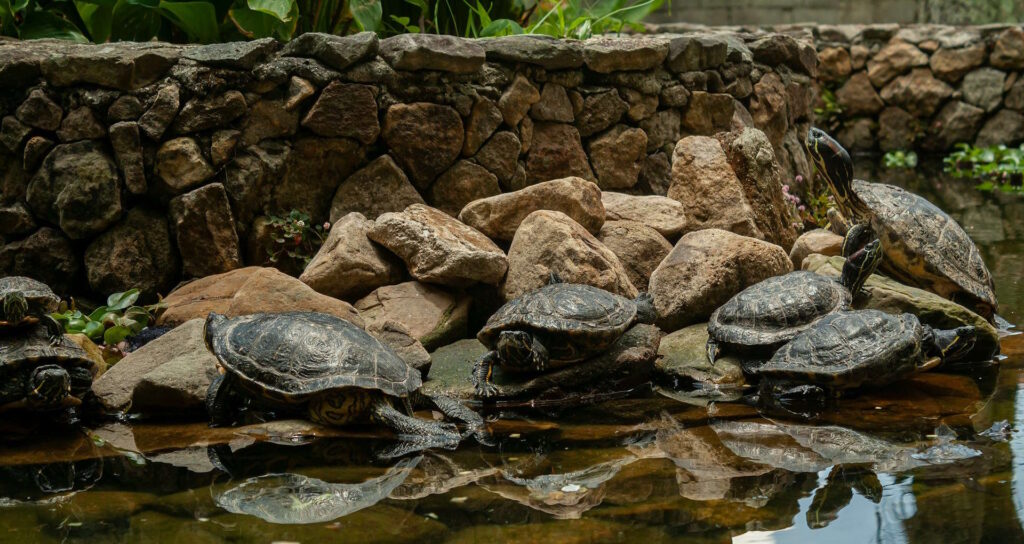
Before attempting to encourage natural behaviors in captive turtles, it’s essential to understand what these behaviors actually entail in the wild. Wild turtles engage in a diverse range of activities including basking, swimming, foraging, digging, exploring their territory, and interacting with their environment in complex ways. They make choices about when to bask, where to hide, what to eat, and how to respond to environmental stimuli—all behaviors driven by instinct and adaptation to their natural habitats. Aquatic species might spend hours swimming against currents, hunting live prey, or navigating through vegetation, while terrestrial species might dig burrows, climb over obstacles, or forage through varied terrain. Understanding these species-specific behaviors provides the foundation for creating enriching captive environments that support rather than suppress a turtle’s natural tendencies.
Creating a Naturalistic Habitat
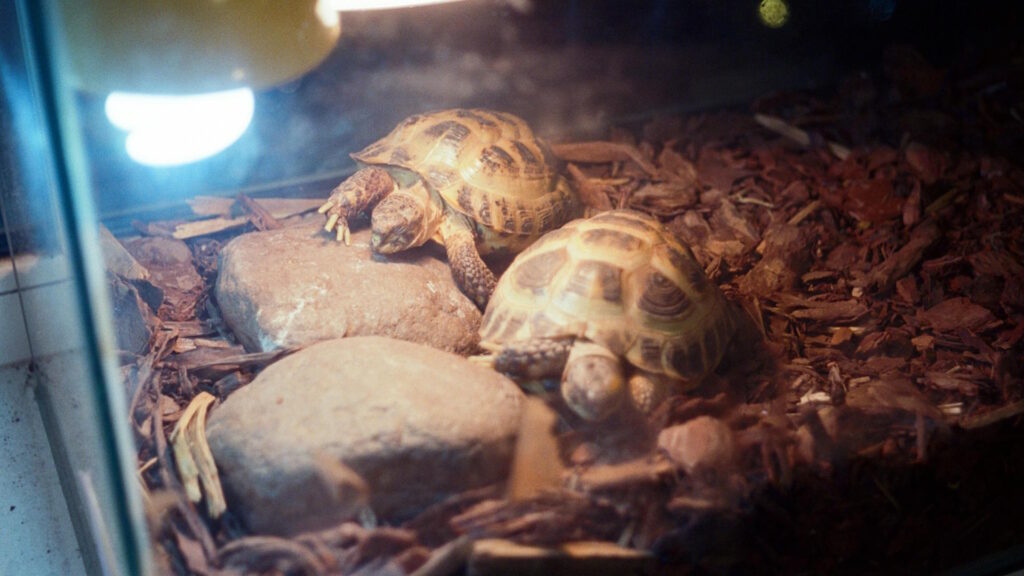
The cornerstone of encouraging natural behaviors in captive turtles is establishing a habitat that mimics their wild environment as closely as possible. For aquatic and semi-aquatic species, this means providing a spacious tank with both deep and shallow water areas, allowing for comfortable swimming and resting. Incorporate natural substrates like river rocks, sand, or soil appropriate for your turtle species, avoiding artificially colored gravel that could be ingested. Include live aquatic plants that not only create hiding spots but also improve water quality and provide occasional snacking opportunities. For terrestrial species, create a varied landscape with different substrate textures, rocks for climbing, and plants for cover and exploration. The more closely your habitat resembles your turtle’s natural environment, with its complexity and variability, the more likely your turtle will engage in its natural behavioral repertoire.
Optimizing Temperature Gradients
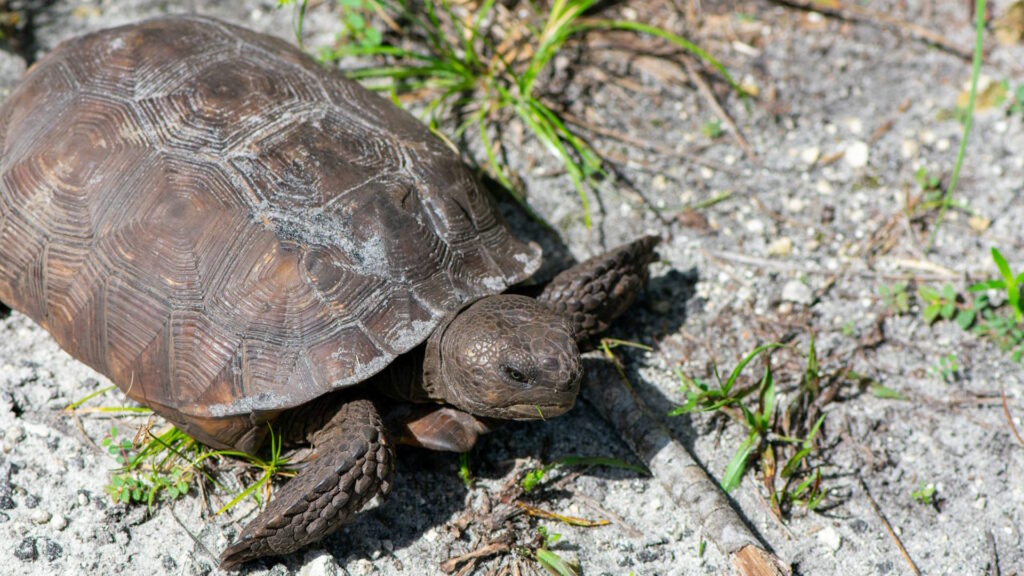
Temperature regulation is a critical natural behavior for turtles, and providing appropriate temperature gradients allows them to thermoregulate as they would in the wild. Create distinct thermal zones within your turtle’s enclosure, with warmer basking areas (typically 85-95°F depending on species) and cooler retreats. This variation permits your turtle to move between temperatures as needed, mimicking the choices available in nature. For aquatic species, water temperature should be maintained within the appropriate range for your specific species, typically between 75-85°F for most commonly kept species. The ability to self-regulate body temperature by moving between warmer and cooler areas is not just a comfort issue—it’s essential for metabolic functions, digestion, immune response, and overall health. When turtles can’t thermoregulate properly, many natural behaviors become suppressed as their physiological processes slow down.
Providing Appropriate Lighting
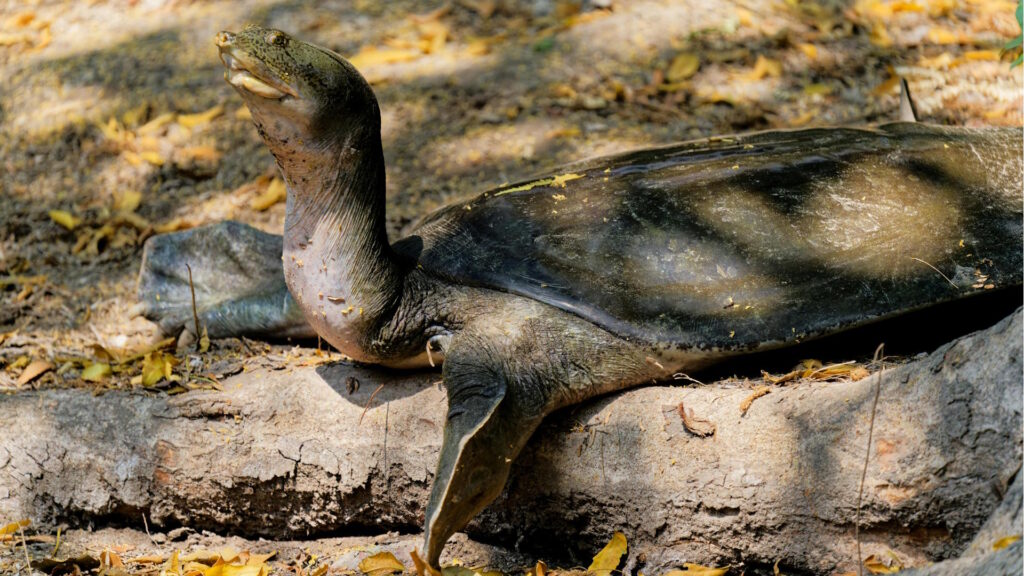
Proper lighting is essential for encouraging natural behaviors, as it helps establish normal day-night cycles and supports vitamin D synthesis. Install full-spectrum UVB lighting that mimics natural sunlight, crucial for calcium metabolism and shell health. Position these lights at appropriate distances according to manufacturer recommendations to ensure effective UVB exposure without risk of overheating. Maintain a consistent photoperiod that reflects the natural seasonal patterns for your turtle species, typically 10-12 hours of light daily, adjusted slightly for seasonal variation if appropriate. This lighting schedule helps regulate your turtle’s internal clock, cueing behaviors like feeding, basking, and resting at appropriate times. Without proper lighting, turtles may become lethargic, stop basking, and develop serious health issues like metabolic bone disease, all of which severely impact their ability to express natural behaviors.
Encouraging Natural Feeding Behaviors
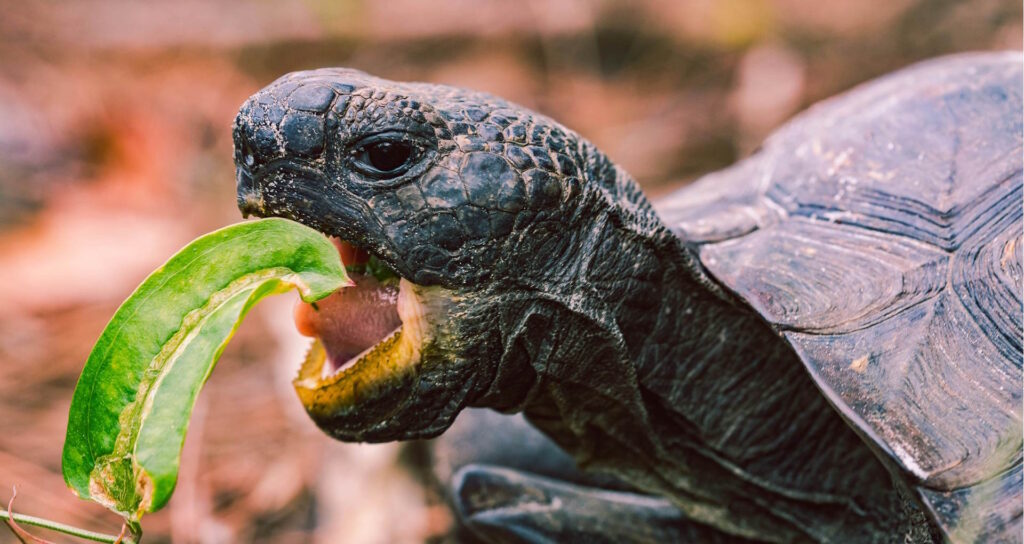
In the wild, turtles spend significant time searching for, capturing, and consuming food—behaviors largely eliminated when captive turtles are presented with prepared meals in dishes. To encourage natural foraging behaviors, scatter food throughout the enclosure rather than serving it in one location. For aquatic turtles, float food items on the water surface or hide them among aquatic plants to stimulate hunting behaviors. Offer live foods occasionally (such as feeder fish, crickets, or earthworms) to trigger natural hunting responses—watching a turtle stalk and capture live prey reveals a level of engagement rarely seen with prepared foods. Consider using feeding toys or puzzle feeders designed for reptiles, which require problem-solving and manipulation to access food rewards. By making your turtle work for its meals in ways similar to wild counterparts, you’re providing not just nutrition but also mental stimulation and physical exercise.
Creating Opportunities for Exploration
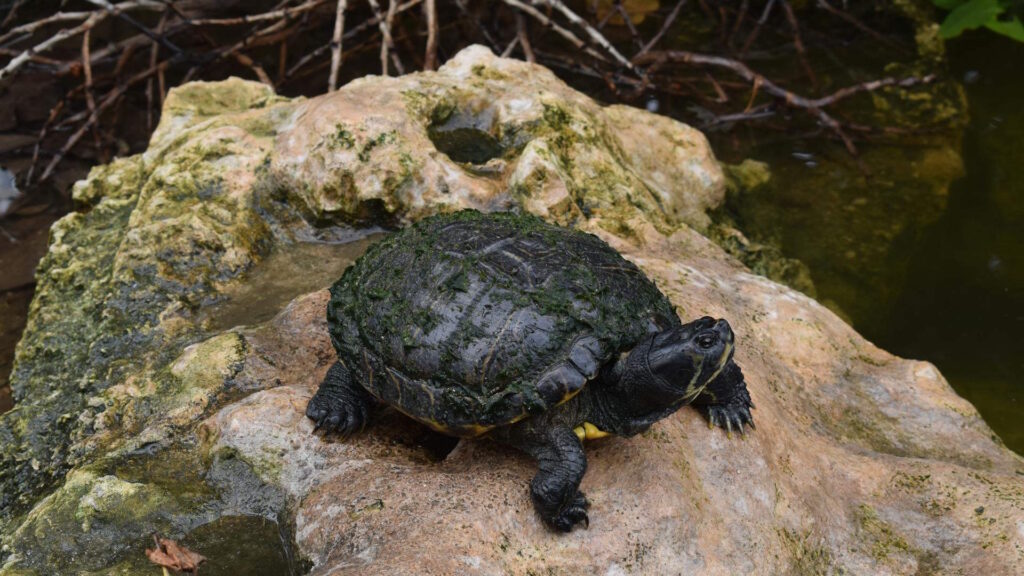
Wild turtles constantly explore their environments, investigating new territories and obstacles—a behavior easily suppressed in static captive settings. Regularly rearrange elements of your turtle’s habitat to create novelty and stimulate exploratory behaviors. Introduce new objects like driftwood, rocks of various sizes, or turtle-safe plants that provide different textures and challenges to navigate. Create tunnels, caves, or partially submerged structures that require investigation and problem-solving to explore fully. For semi-aquatic species, design environments with multiple levels, ramps, and platforms that require climbing and decision-making about paths of travel. This environmental enrichment prevents habituation and boredom while encouraging physical activity and cognitive engagement—essential components of a turtle’s natural behavioral repertoire that are often underestimated by keepers.
Facilitating Natural Swimming Patterns
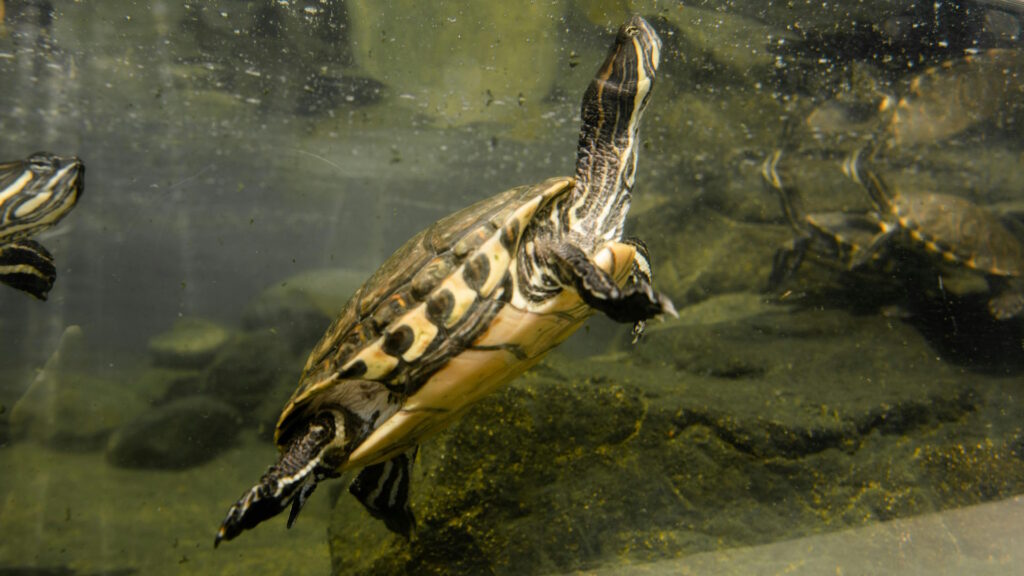
For aquatic and semi-aquatic species, swimming constitutes a significant portion of natural behavior, requiring more consideration than simply providing water. Create water currents using gentle filters or wave makers that encourage turtles to swim against resistance, providing exercise similar to navigating streams or coastal waters in the wild. Ensure adequate swimming space with a tank length at least 4-5 times your turtle’s shell length and water depth sufficient for complete submersion with room to swim vertically. Incorporate varied swimming environments by adding obstacles like submerged logs, cave structures, and aquatic plants that create complex swimming paths rather than open water only. Some species naturally dive and forage at different depths, so creating deeper areas for exploration and shallower regions for easy access to the surface accommodates these behaviors while preventing exhaustion.
Supporting Digging and Burrowing Behaviors
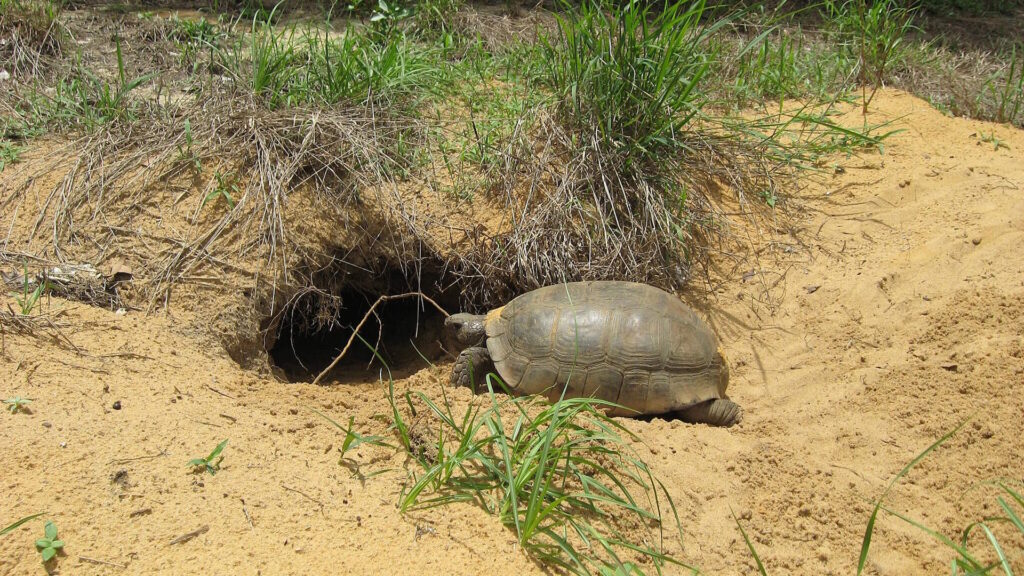
Many turtle species naturally dig and burrow, behaviors that serve various purposes from nesting to hibernation to temperature regulation. Provide adequate substrate depth—at least 3-4 inches for most species—to allow for digging activities, using appropriate materials like coconut coir, organic topsoil, or sand depending on your species’ natural habitat. For female turtles, create nesting areas with deeper, slightly moistened substrate that allows for the construction of egg chambers, even if the eggs will be infertile. This natural reproductive behavior is important for female turtles’ physical and psychological well-being. For species that normally brumate (hibernate), providing appropriate burrowing opportunities during cooler seasons can help satisfy natural seasonal behaviors, even if full brumation isn’t being encouraged. Observing a turtle methodically excavating a burrow or creating a nest site offers a glimpse into behaviors rarely seen but central to their natural life cycles.
Encouraging Shell Maintenance Behaviors

In the wild, turtles naturally maintain their shells by basking to dry out, rubbing against abrasive surfaces to remove algae, and shedding scutes as they grow. Facilitate these behaviors by providing rough-textured basking platforms like cork bark, untreated driftwood, or textured rocks that help with natural exfoliation as turtles climb and bask. For aquatic species, ensure basking areas are completely dry and warm enough to effectively dry the shell, preventing shell rot and other moisture-related issues. Include some partially submerged rough surfaces where turtles can scratch and rub their shells while remaining partially in water. Avoid the temptation to manually clean your turtle’s shell with brushes or chemicals, as this interferes with their natural maintenance behaviors and can damage the shell or expose them to harmful substances. By providing the right environmental elements, you’ll observe your turtle engaging in self-maintenance behaviors that have evolved over millions of years.
Addressing Seasonal Behavior Changes

Wild turtles experience and respond to seasonal changes in their environments, adjusting their behavior accordingly throughout the year. Mimic these natural cycles by making subtle seasonal adjustments to your turtle’s habitat, such as slightly shorter daylight periods and cooler temperatures during winter months, followed by gradual increases in spring. For species from temperate regions, these seasonal cues may trigger important physiological processes and behaviors, from reproductive readiness to feeding intensity changes. Some keepers of temperate species choose to facilitate a modified brumation period during winter, carefully managing reduced temperatures and lighting to allow for a natural period of lowered metabolism and activity. Observe how your turtle’s behavior changes with these seasonal adjustments—you may notice increased activity, appetite, or breeding behaviors during spring “awakening” periods that wouldn’t occur in static environments maintained at the same temperature and light cycle year-round.
Encouraging Social Behaviors Appropriately
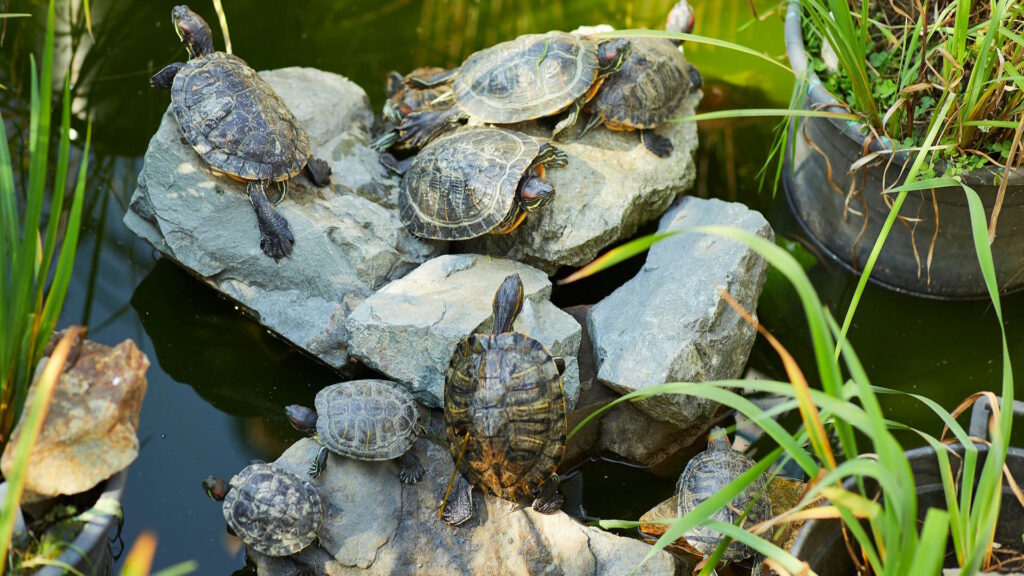
While turtles aren’t highly social animals compared to mammals, many species do engage in complex social behaviors in the wild, from courtship displays to territorial interactions. For naturally social species, carefully considered companionship can stimulate natural behaviors, but this requires extensive research and preparation. Provide adequate space to prevent overcrowding stress, with multiple basking areas and hiding spots to reduce competition and allow for natural spacing behaviors. Be aware that many turtle species are naturally solitary or territorial, making group housing inappropriate and potentially stressful. Even for compatible groups, regular observation is essential to ensure interactions remain positive, watching for signs of stress, aggression, or competition for resources. Remember that inappropriate social groupings can suppress natural behaviors rather than encourage them, so prioritize the specific social needs of your turtle species over the human desire to see turtles interacting.
Minimizing Stress Through Environmental Control
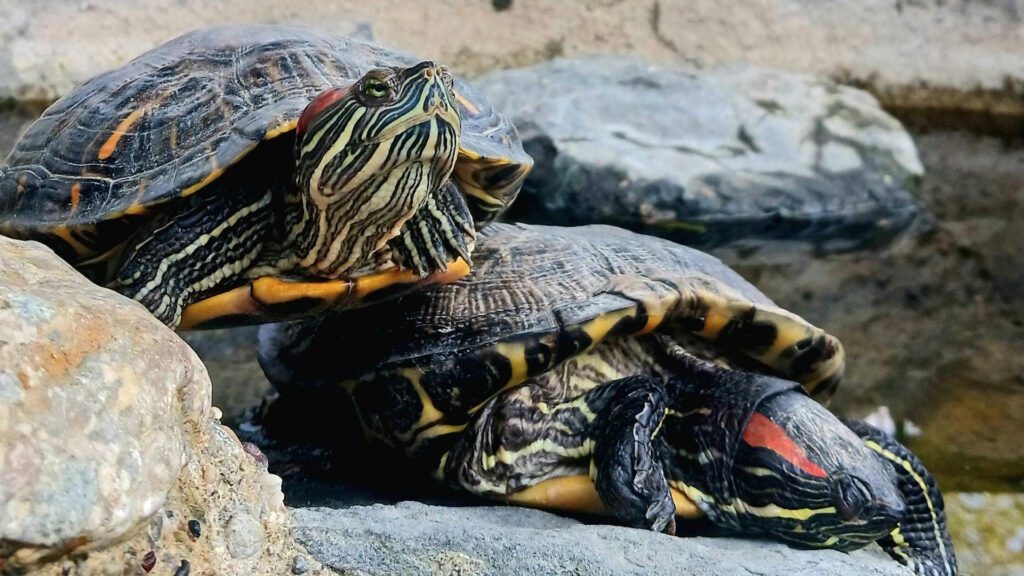
Stress significantly inhibits natural behaviors in captive turtles, making stress reduction a critical component of behavioral enhancement. Position enclosures in relatively quiet locations away from high-traffic areas, loud televisions, or other pets that might cause stress. Provide ample hiding places throughout both land and water areas, allowing turtles to retreat when they feel threatened or overstimulated. Be mindful of handling frequency and duration, as excessive handling is stressful for most turtle species and interrupts natural behavior patterns. Establish consistent maintenance routines that minimize disruption, cleaning portions of the habitat on rotation rather than completely reorganizing the environment all at once. When turtles feel secure in their environment, they’re much more likely to exhibit their full range of natural behaviors rather than remaining hidden or immobile due to stress responses.
Monitoring and Adapting Your Approach
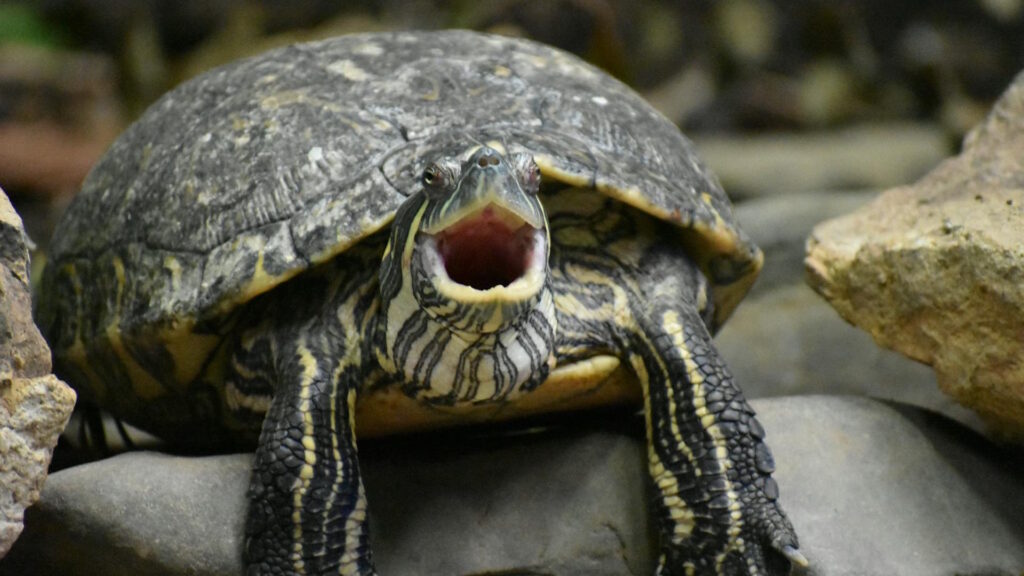
Successfully encouraging natural behaviors in captive turtles requires ongoing observation and willingness to adapt your approach based on results. Keep a journal documenting your turtle’s behaviors, noting which enrichment strategies elicit positive responses and which seem ineffective or stressful. Look for increased activity levels, exploration, natural feeding responses, and reduced hiding as positive indicators that your enrichment efforts are working. Be patient and persistent, as some turtles may take weeks or even months to adjust to new enrichment opportunities, particularly if they’ve lived in sterile environments previously. Regular health checks with a reptile veterinarian can help ensure that any new behaviors you’re observing are indicators of positive adjustment rather than health concerns. Remember that each turtle is an individual with unique preferences and responses, requiring personalized approaches to behavioral enrichment that may evolve throughout their lifetime.
Conclusion
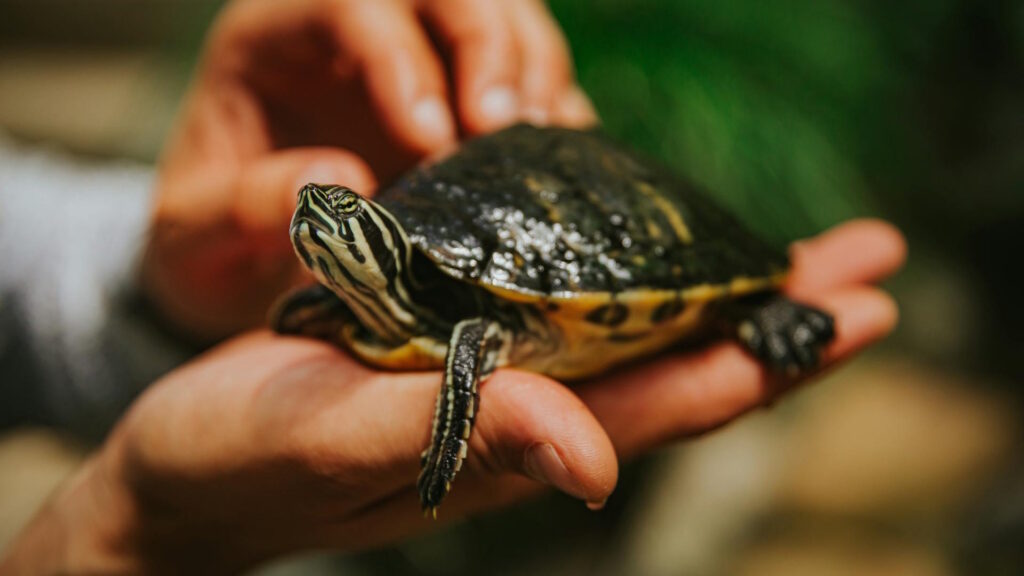
Encouraging natural behaviors in captive turtles represents a commitment to their complete wellbeing beyond mere survival. By creating environments that challenge their bodies and minds in ways similar to their wild habitats, we provide opportunities for these remarkable reptiles to express their full behavioral repertoire. The rewards of this approach extend beyond the satisfaction of ethical caretaking—watching a turtle engage confidently with a complex environment, problem-solve to obtain food, or bask contentedly after a vigorous swim offers a window into millions of years of evolutionary adaptation. As turtle keepers, our goal should be to create captive environments where an observer would have difficulty distinguishing the behaviors of our turtles from those of their wild counterparts. Through thoughtful habitat design, environmental enrichment, and respect for natural behaviors, we can ensure that captive turtles don’t just exist but truly thrive under our care.

